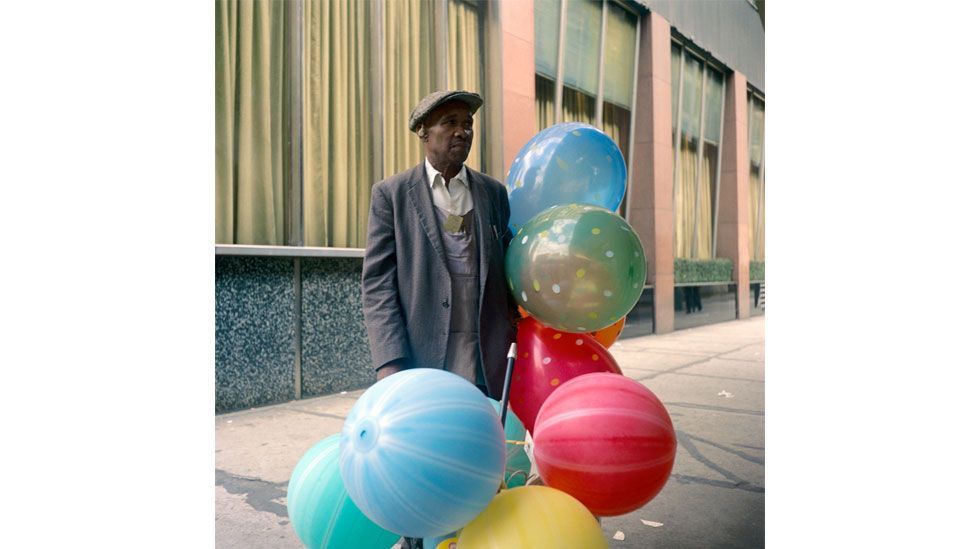I
It was the kind of discovery that curators dream about during slow days at the museum. In 2007, a Chicago history buff named John Maloof bought a box full of negatives on a whim at auction for $400. Sorting through them, he realised he’d stumbled across something astonishing: charismatic, crisply composed pictures of the city in the 1950s and 60s, which ranked with the best US street photographs of the period. Not only had none of these images been seen before, no one had a clue who had taken them.
More like this:
– The battle to save Beirut’s heritage
– The images that fought Fascism
– Remarkable photos of people in nature
Maloof managed to track down more work by the same hand – eventually amassing an archive of up to 100,000 negatives and some 3,000 prints, plus box upon box of film rolls, audio interviews, receipts, letters and countless personal effects. After further sleuthing, he finally managed to give the anonymous photographer an identity: she was a former professional carer named Vivian Maier, who had since died, and who had kept her images – and her remarkable talent – all but hidden from everyone she knew.





